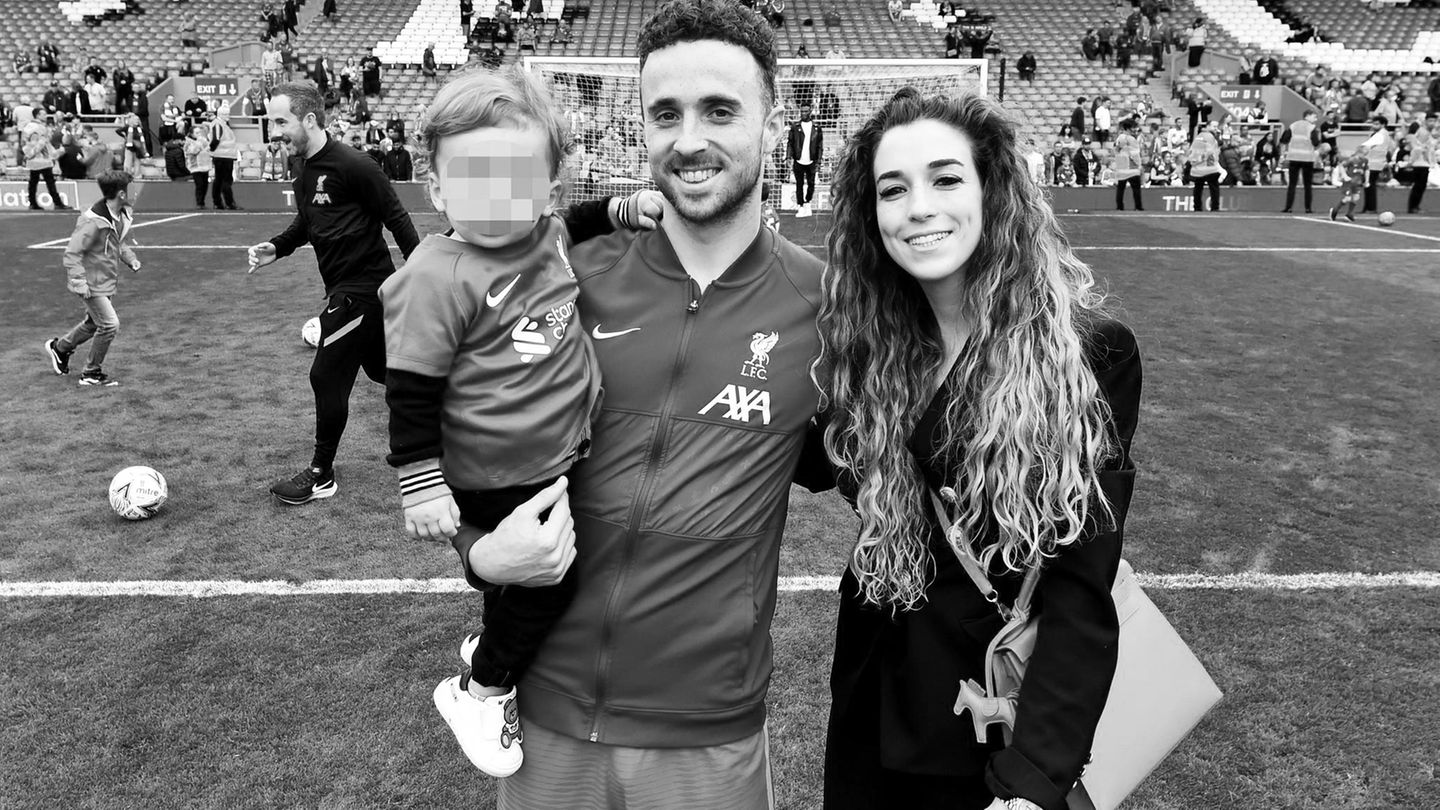For the 2024 Olympic Games, the city of Paris had to manage to clean its river, the Seine, because some disciplines traditionally take place in open waters. But how exactly do you clean such a large river?
With the promise of “Saving the Seine”, Paris Mayor Anne Hidalgo won the race for the Olympic Games seven years ago and promised the citizens of her city that she would clean the Seine so that the free swimming disciplines could take place in it. Since then, the city of Paris has invested over 1.4 billion euros in the project.
But how exactly do you clean such a large river? Why was the Seine so dirty in the first place? And can a clean river improve the quality of life in a city?
The problem of water pollution in the Paris Seine
The canal system, which is directly connected to the Seine, is almost 250 years old. At that time, around 1 million people lived in the city. Today, the city has eleven times as many inhabitants. Due to the above-average and rapid growth, many households could not be connected to the canal system – to this day. In addition, the old canal system is not designed for the extreme weather conditions that are more common today – an additional challenge for the city.
“During heavy storms, all the water was always channeled directly into the river,” explains Emmanuel Olivard, chief sewer worker in Paris, to ARD. Wastewater from households and industry was drained together with rainwater through the same sewer system. The result: During heavy rainfall, the underground system was quickly overwhelmed, which led to the canals overflowing. The untreated wastewater, including feces, chemicals and other contaminants, flowed into the Seine. Water contaminated in this way poses the risk of swimmers contracting gastrointestinal diseases, skin or respiratory infections.
Olympics 2024
These are Germany’s medal hopes
The 1.4 billion euro project: How the Seine will be cleaned
Since the Olympic Games’ open water swimming competitions are to be held in the Seine, the city had to take measures to clean up the river. Among other things, it now operates several treatment plants. There, the water is cleaned in several steps: coarse solids are removed, sand and silt settle, microorganisms break down contaminants, and finally the water is disinfected to kill germs.
New buildings and renovation projects have seen the installation of a modern sewer system that separates rainwater and wastewater to reduce the burden on sewage treatment plants. It was particularly important to connect households and boats to the sewer system. This should significantly reduce the direct discharge of wastewater into the Seine. The city provided financial support to homeowners to reduce the cost of connecting to the sewer system.
The project is groundbreaking, but although Paris has already invested 1.4 billion euros in cleaning up the Seine, the swimming competitions are not guaranteed to take place because the measures have not completely solved the deeper sewage problems.
If it rains too heavily and too much wastewater gets into the Seine again, the Olympic water quality standard might no longer be met. For example, the triathlon would not be able to take place and the athletes would have to make do with a “duathlon”, the Paris authorities said.
You can usually swim in the Isar without any worries
But the problem of pollution is not a French one. In Germany, only eight percent of rivers are in good or very good ecological condition, according to the environmental agency. One of these supposedly clean rivers is the Isar, which also flows through a metropolis. In Munich, people can swim in the river without any worries.Especially in summer, the Isar is one of the most important meeting points for Munich residents. They meet at the river, go swimming or surfing, or let themselves drift with the gentle current. However, the Isar has a similar problem to the Seine. It must be cleaned on a permanent basis so that bathers can swim in it without any worries.
Hartmut Keitel is the founder of the association “Deine Isar” and has been looking after its maintenance for years. He writes on his website that thanks to modern purification technology, the Isar is now a clean river, which mostly has bathing water quality. Compared to the star he explains a similar cleaning method to that now used on the Seine. He says: “The wastewater goes through systems that use UV light to kill the coliform bacteria. This prevents gastrointestinal diseases from occurring through accidental swallowing of the river water.”
Similar to the Seine in Paris, there is a fundamental problem in Munich: keeping the Isar clean during heavy rainfall. Hartmut Keitel explains: “The sewage treatment plants on the upper reaches only have a limited capacity.” If too much water gets into the river systems due to extreme rainfall, the excess water has to be diverted past the sewage treatment and cleaning systems. The water can therefore no longer be properly filtered and cleaned and, according to Keitel, this can lead to a disruption in water quality.
Athletes show (modest) rooms in the Olympic Village
01:13mins
In Basel, people swim to work in the Rhine
Another example of the positive cleaning of a river is the Rhine. As one of the busiest waterways in the world, the river was considered “Europe’s biggest sewer” in the 1950s. All authorities and industry tried to initiate various measures to improve the water quality. With success. Nowadays hardly any untreated wastewater ends up in the Rhine. A number of monitoring stations constantly check the water quality.
In Basel, people particularly like to use the clean Rhine. Equipped with a so-called wrap-around fish (a waterproof bag), businessmen and women peel off their suits on the Rhine, stow their expensive outfits in the wrap-around fish and let themselves drift with the current, enjoy the panorama and climb out of the river again when they have reached their destination. They swim to work.
Both Munich and Basel have managed to integrate the city’s rivers into everyday life. The cleanup measures have worked in the long term. It is still unclear whether the Seine will be maintained beyond the Olympic Games. However, if the measures in Paris work, the Seine could also establish itself as a swimmable river.
Source: Stern
I am Pierce Boyd, a driven and ambitious professional working in the news industry. I have been writing for 24 Hours Worlds for over five years, specializing in sports section coverage. During my tenure at the publication, I have built an impressive portfolio of articles that has earned me a reputation as an experienced journalist and content creator.




